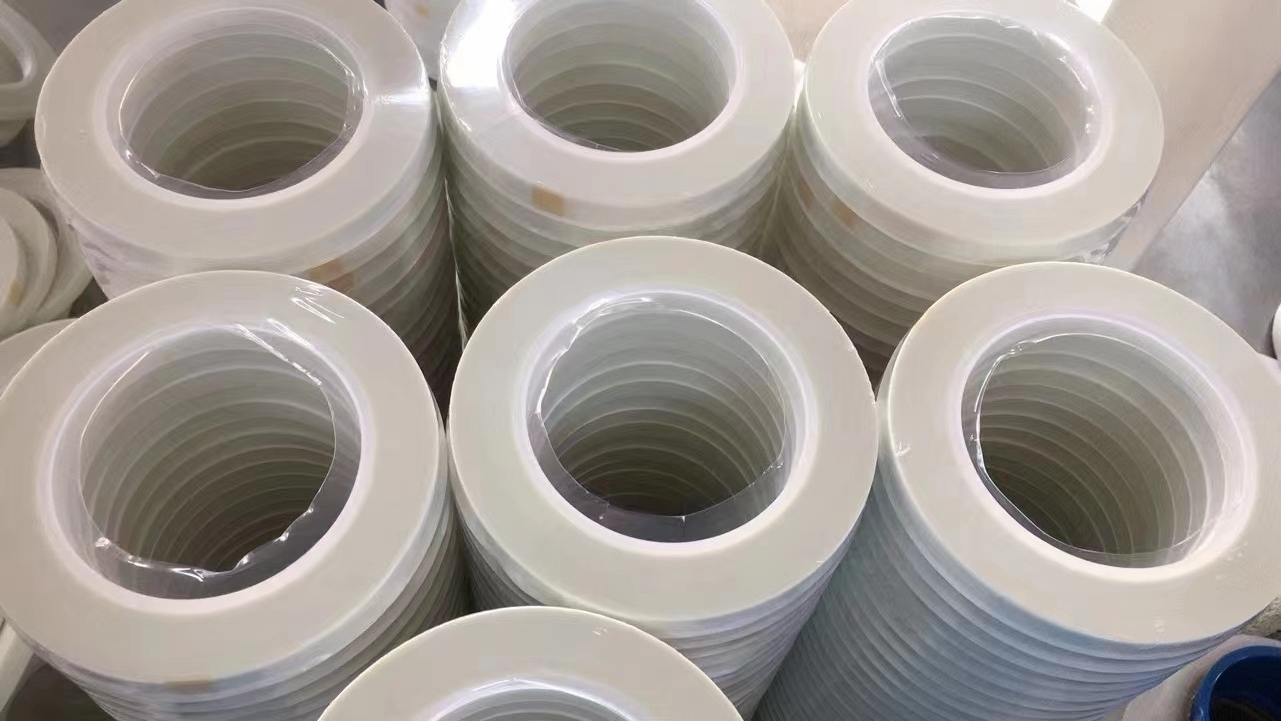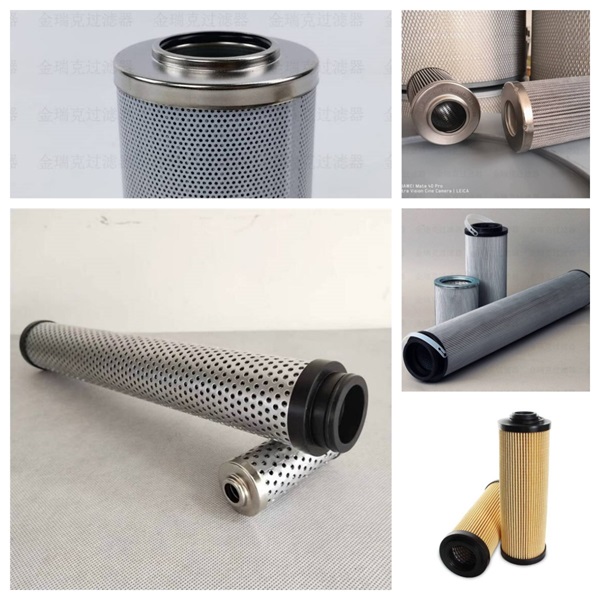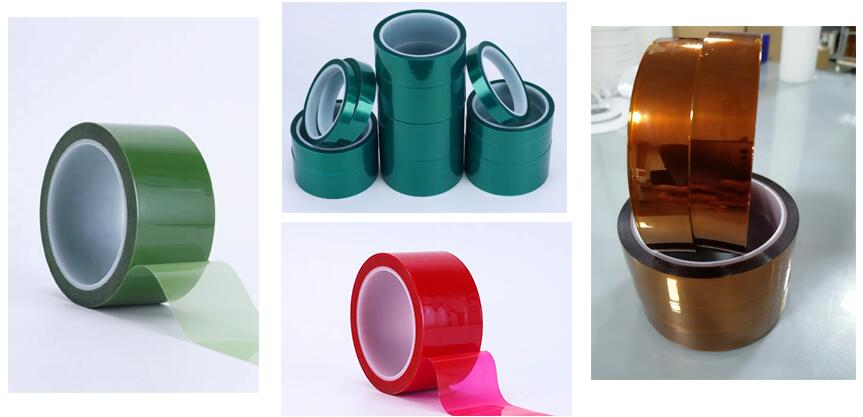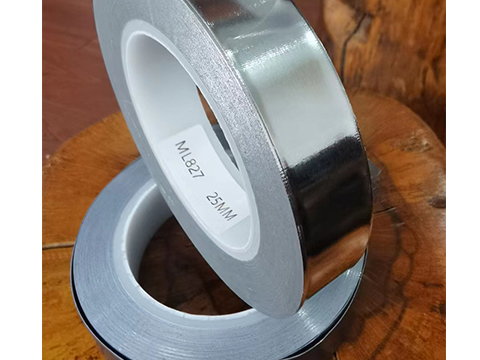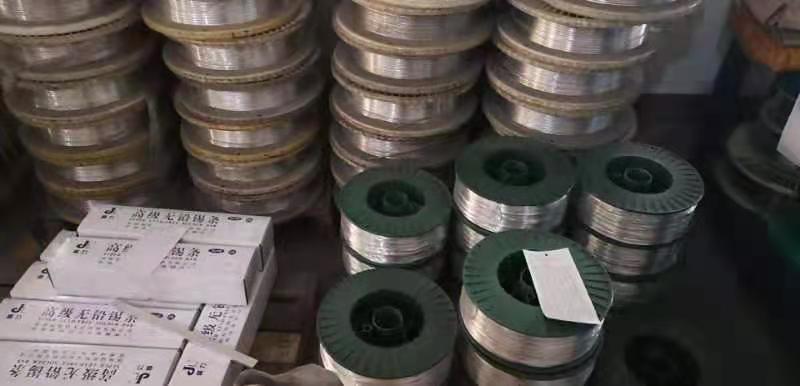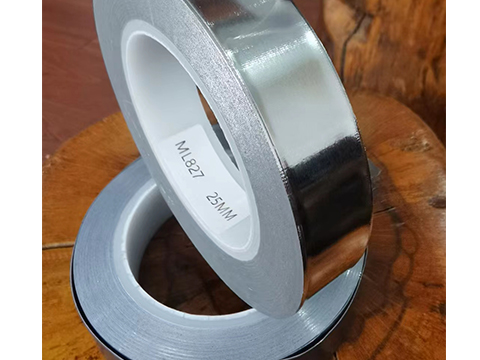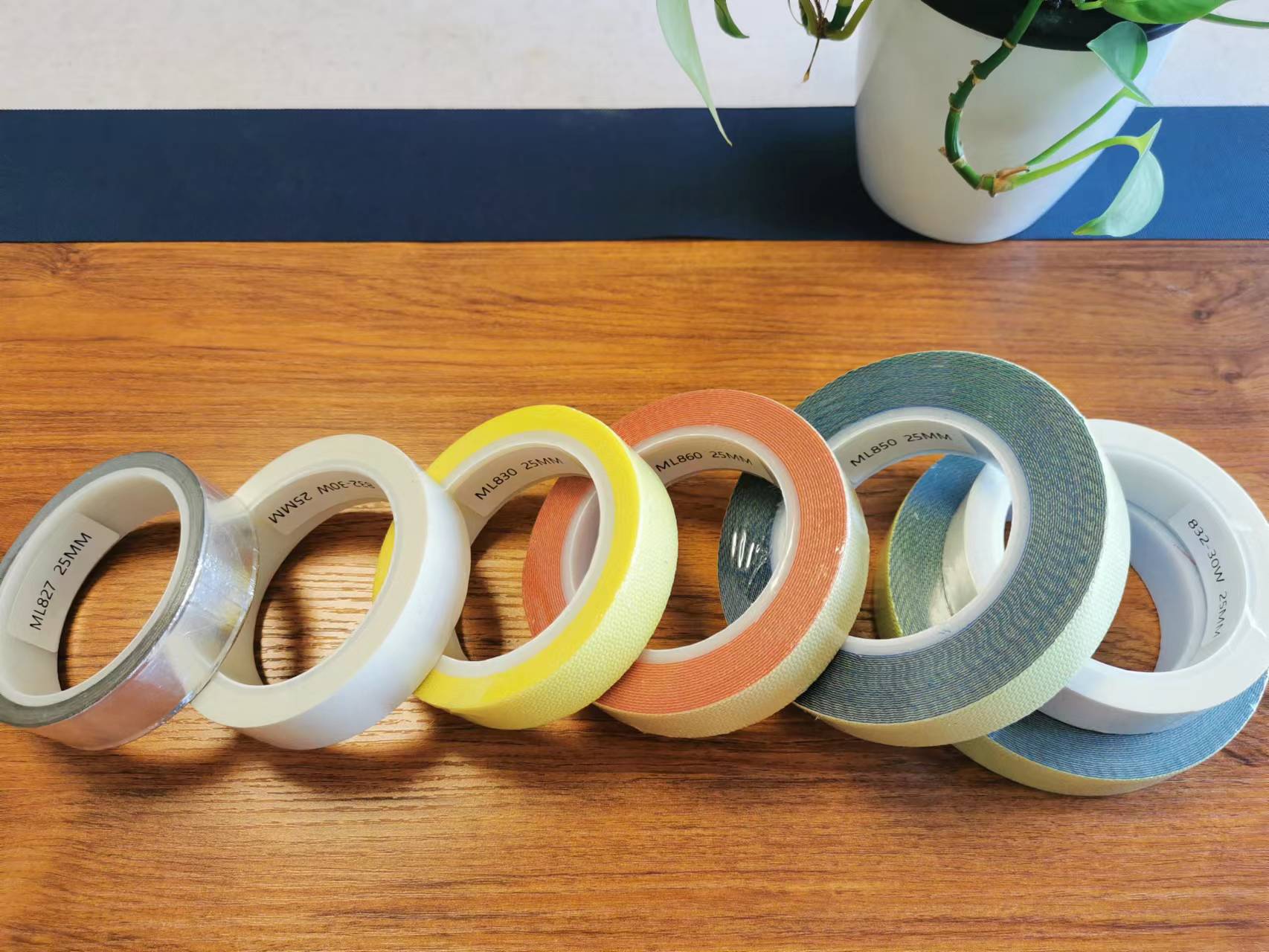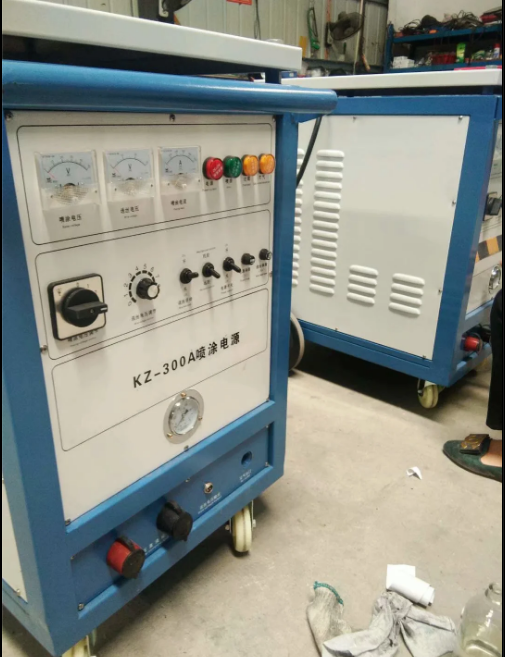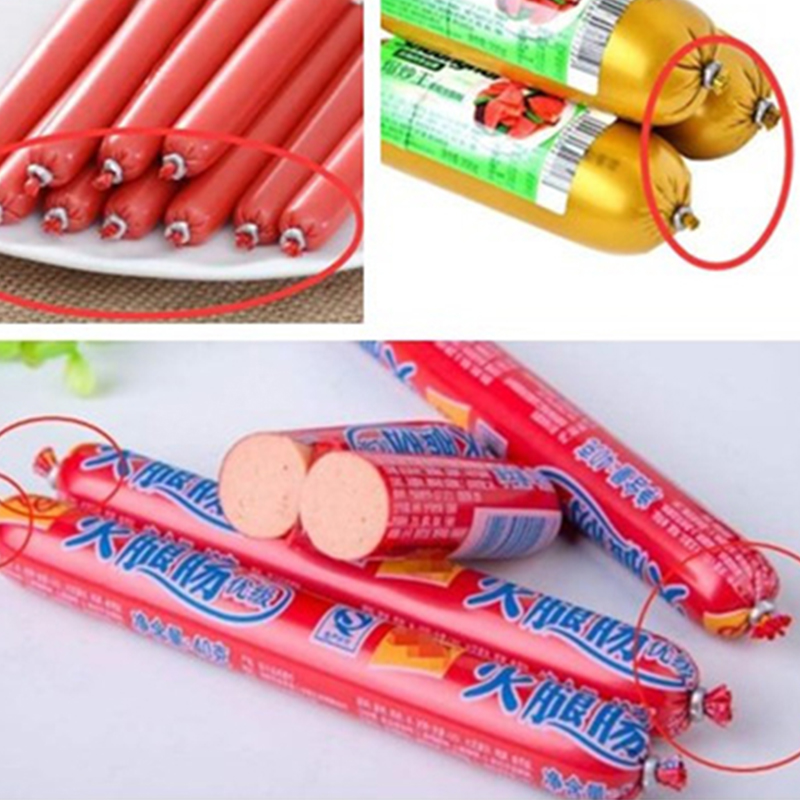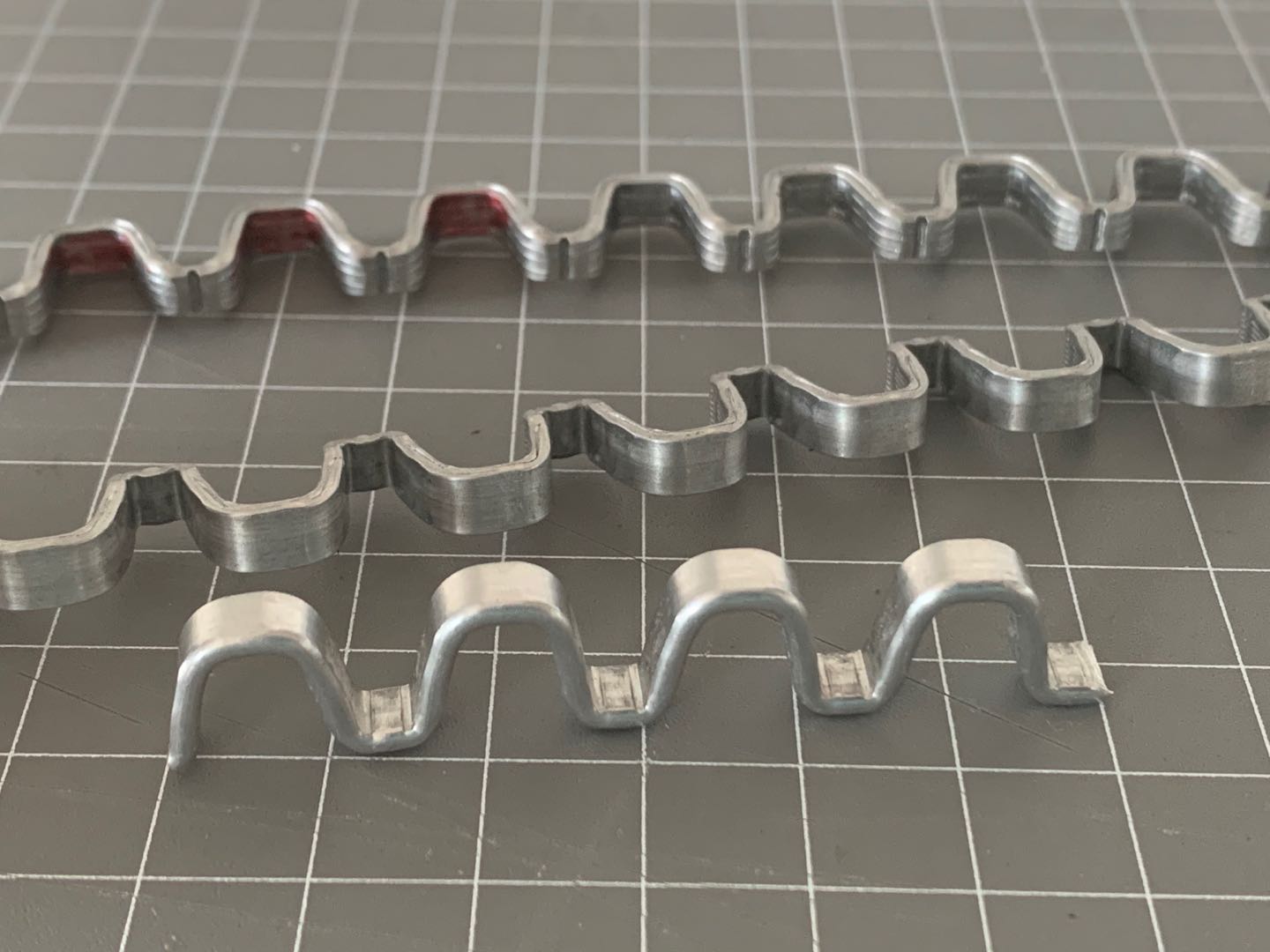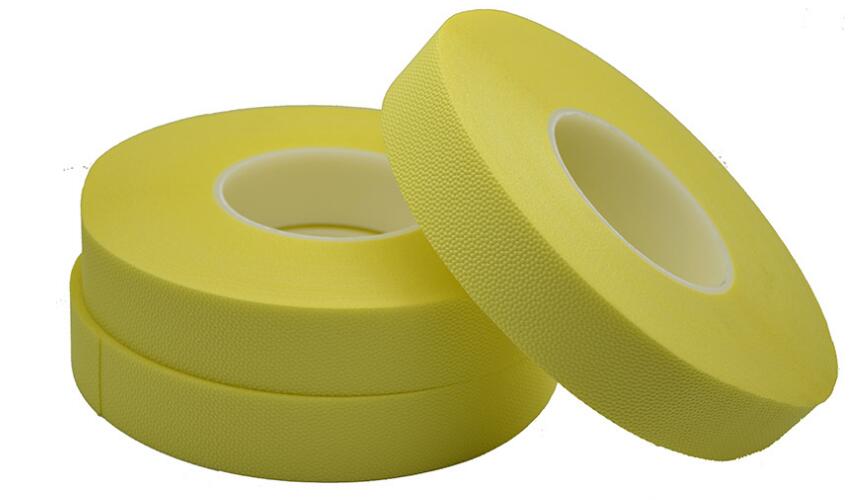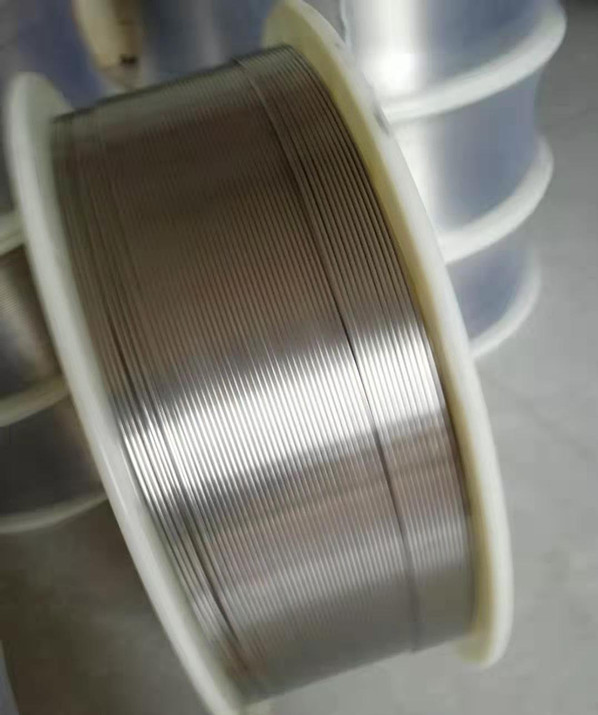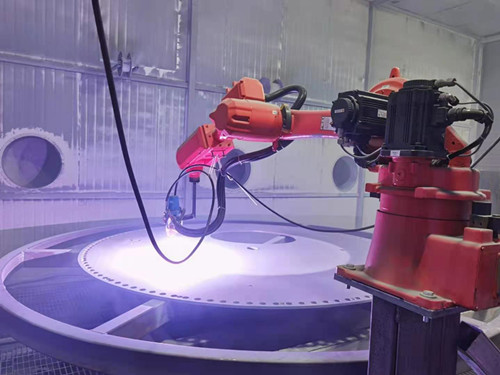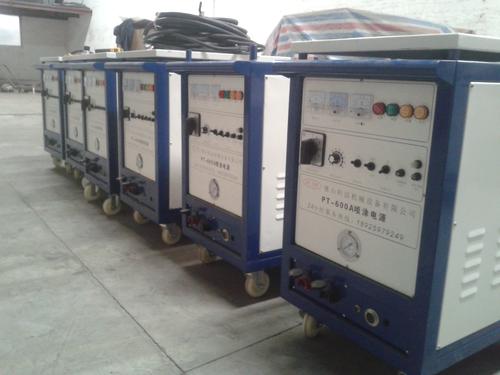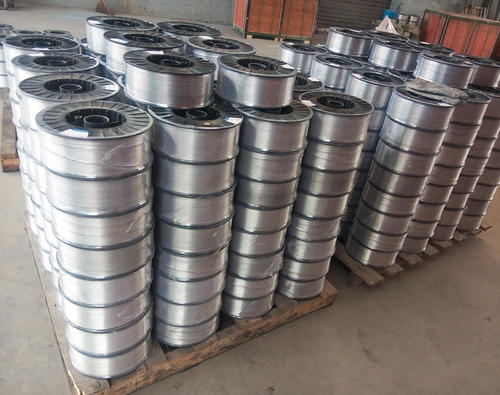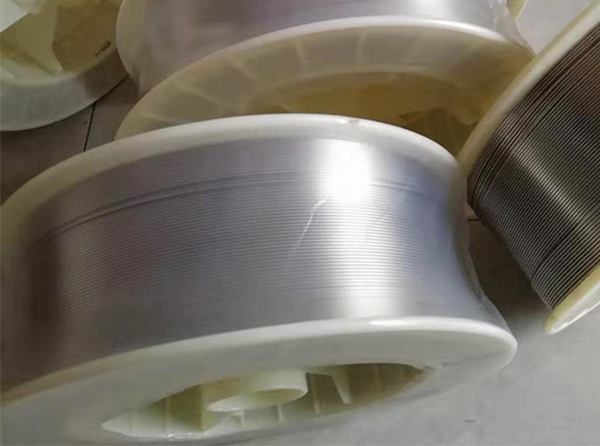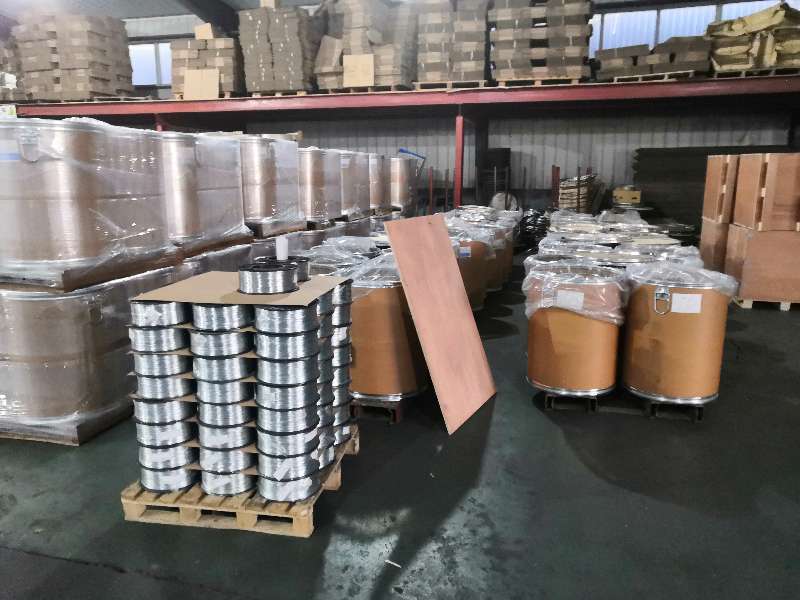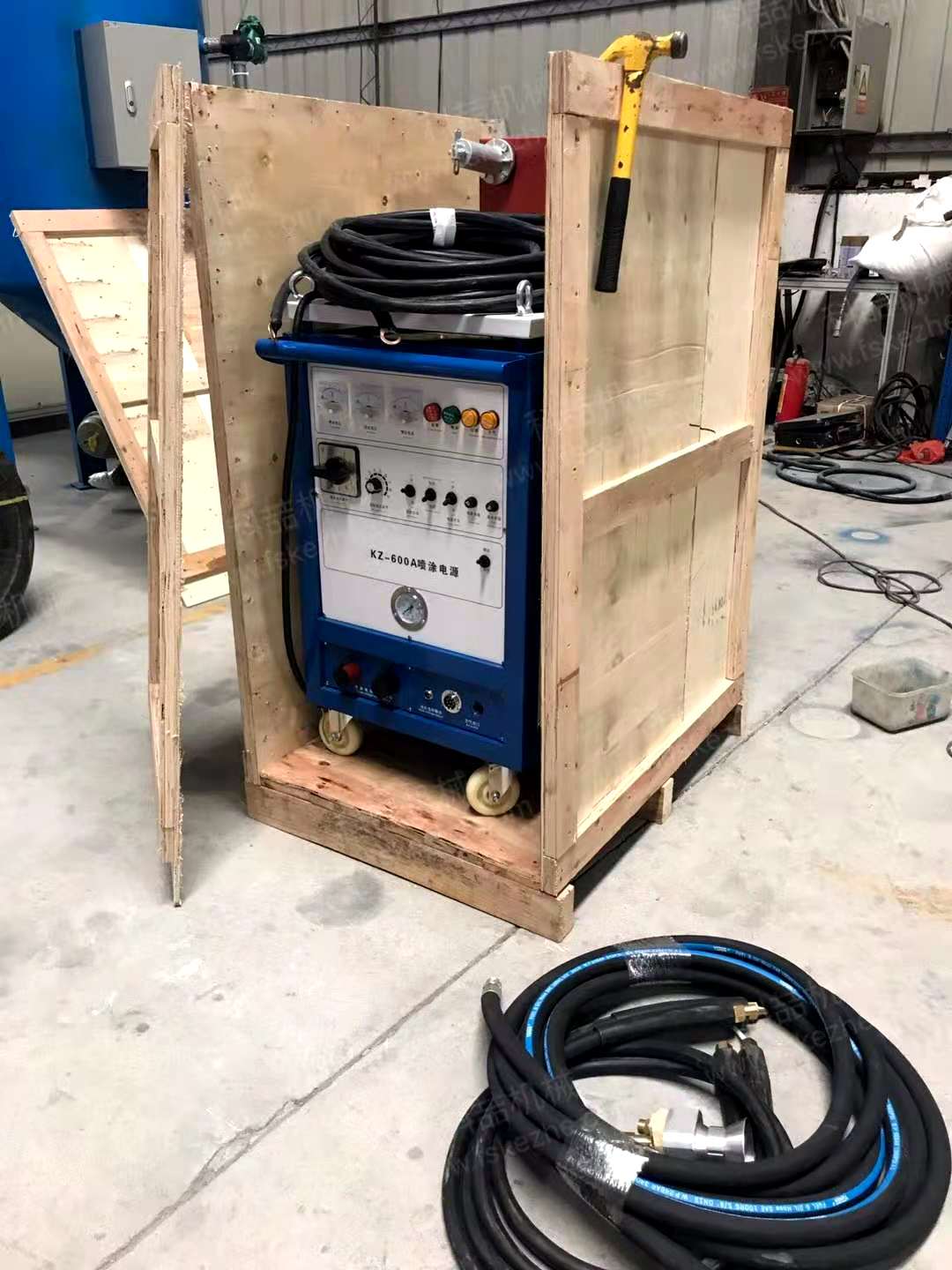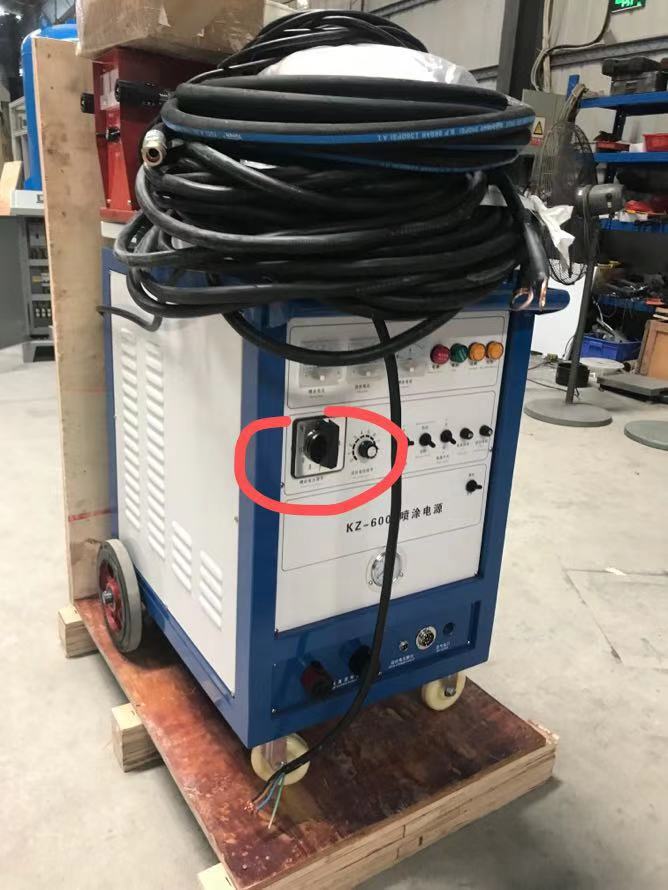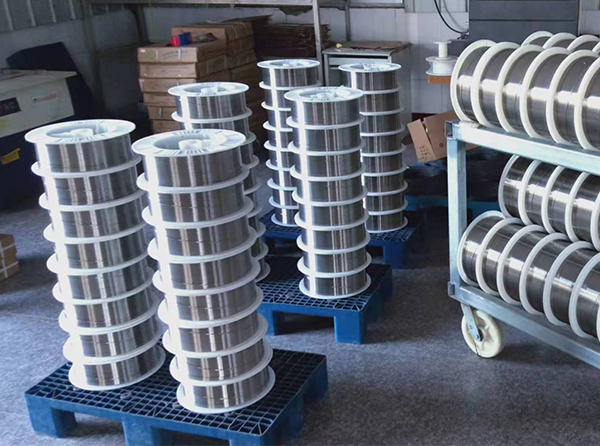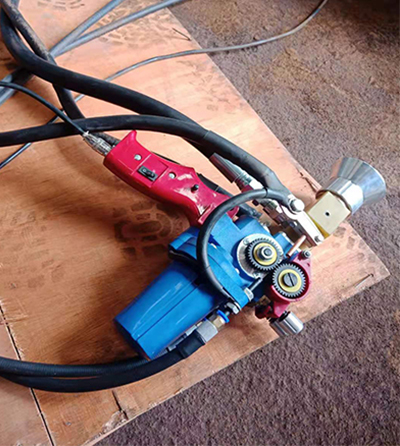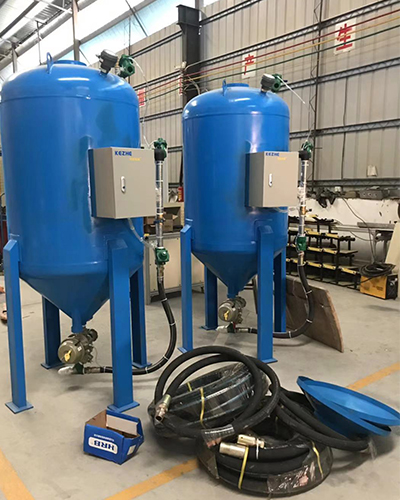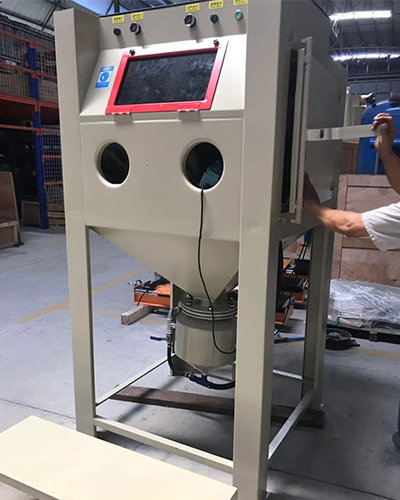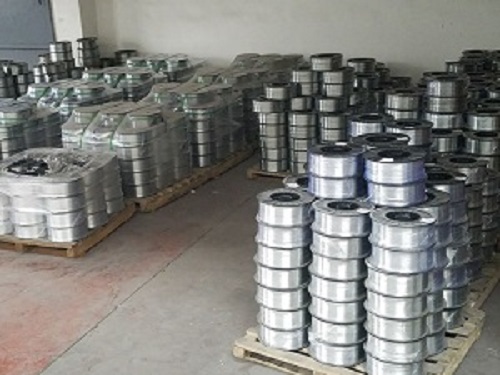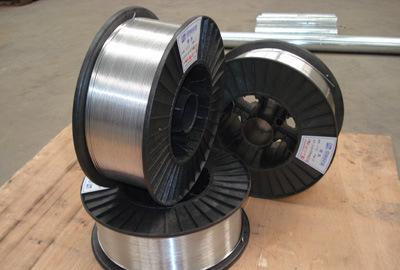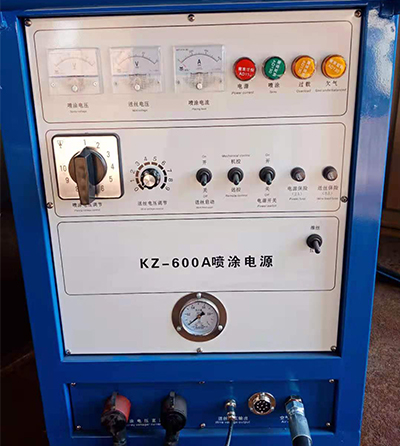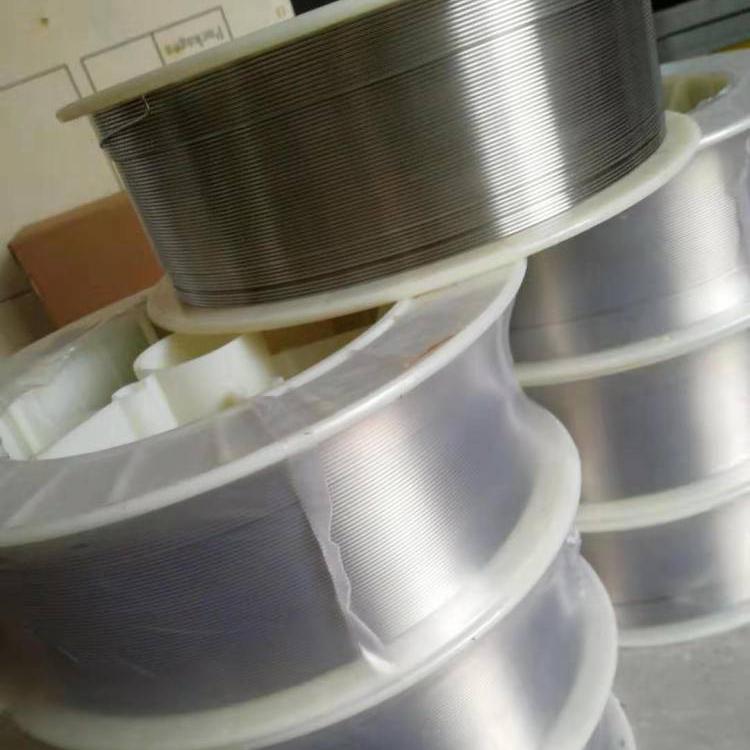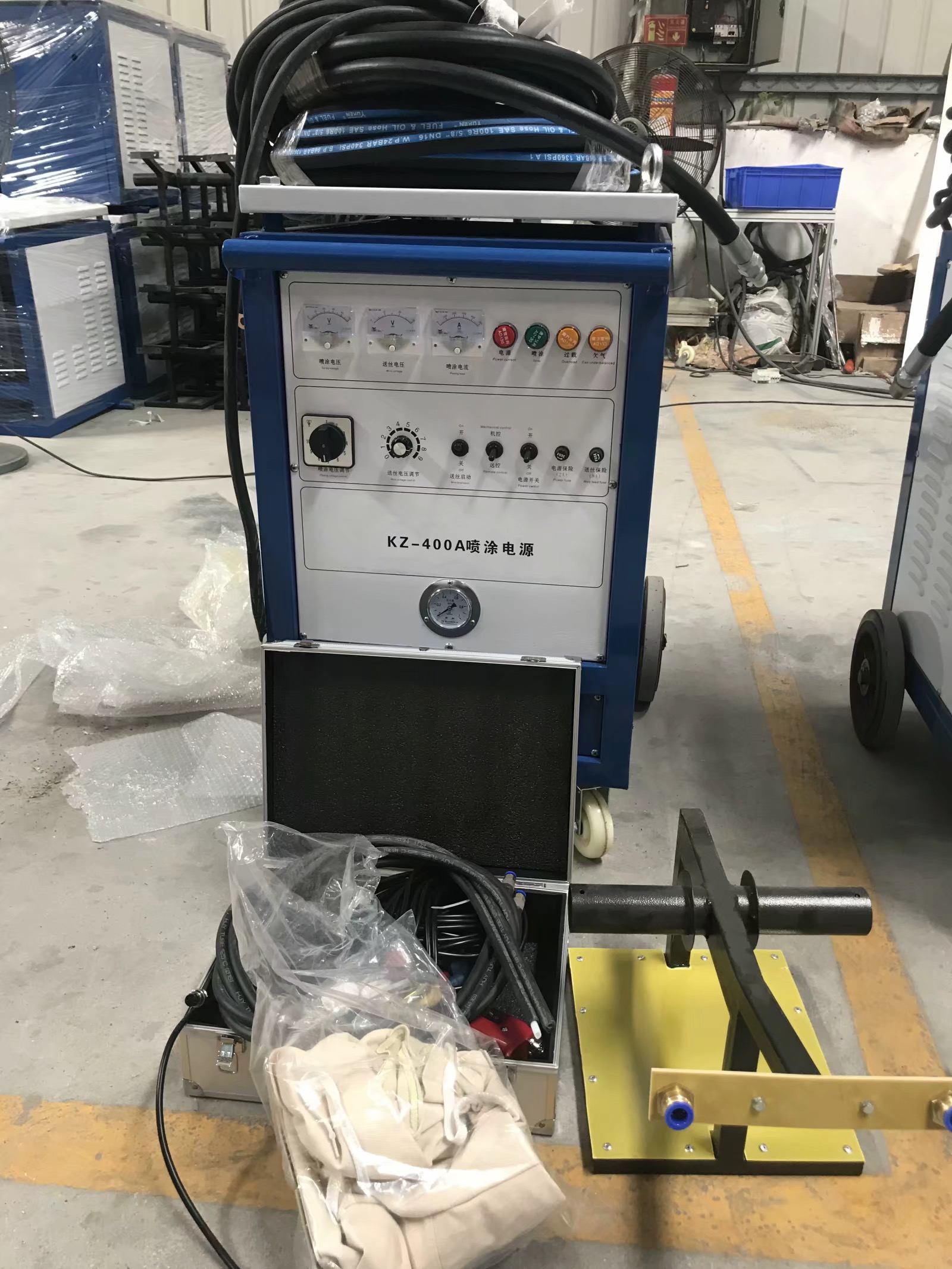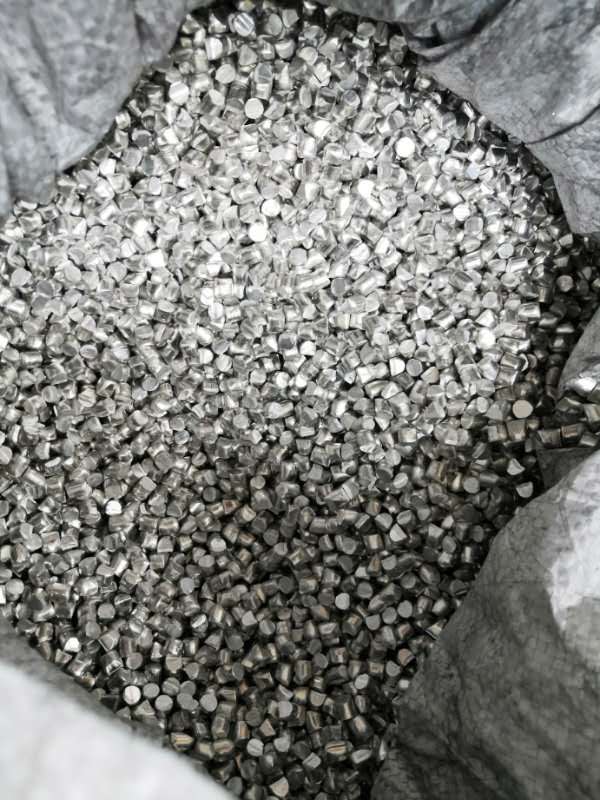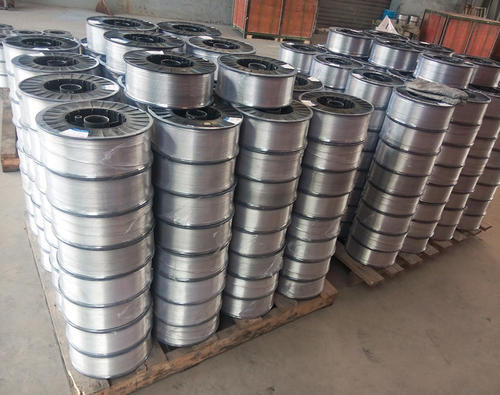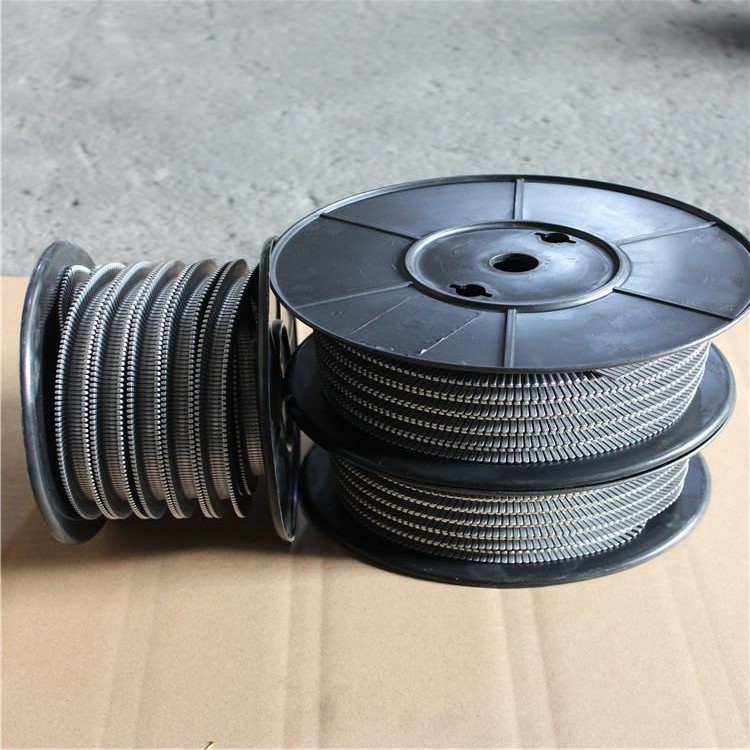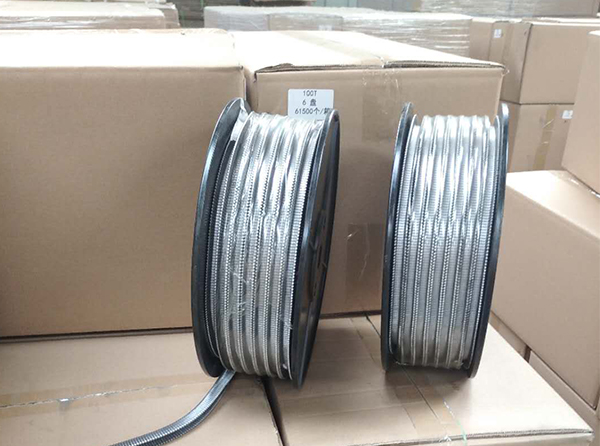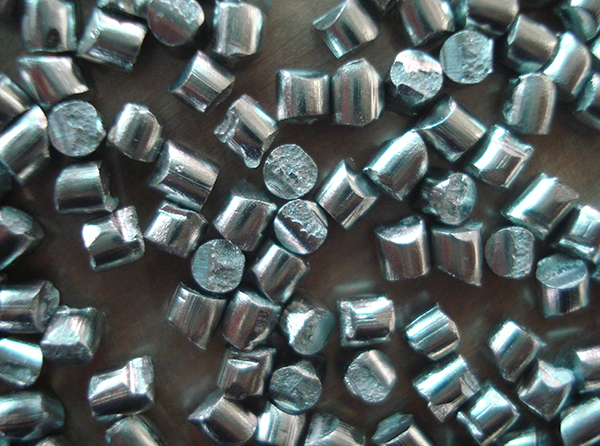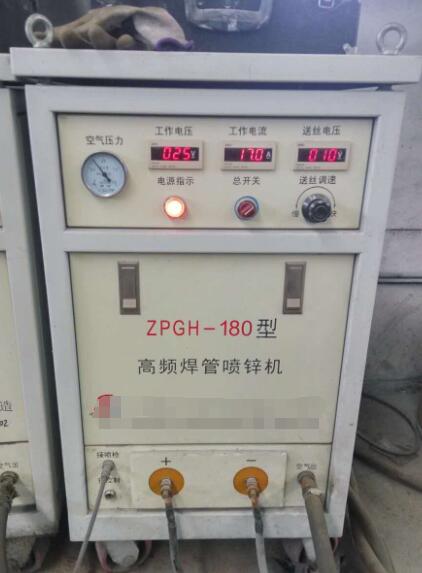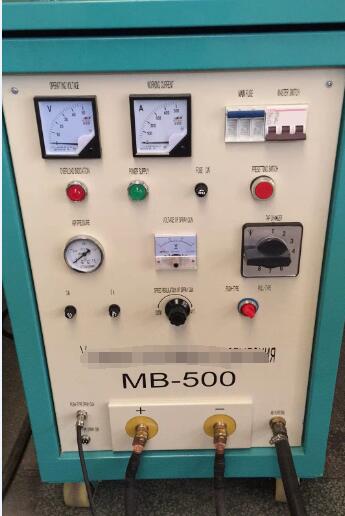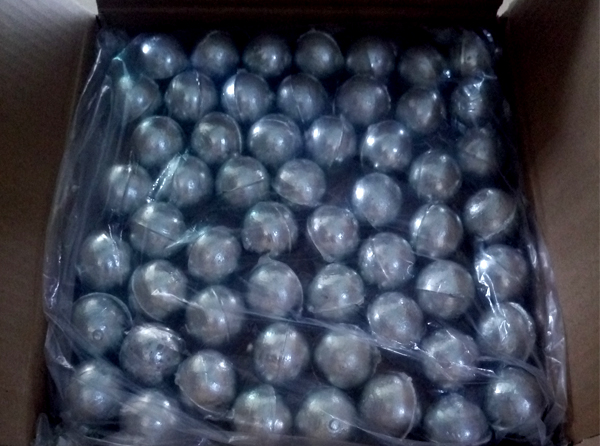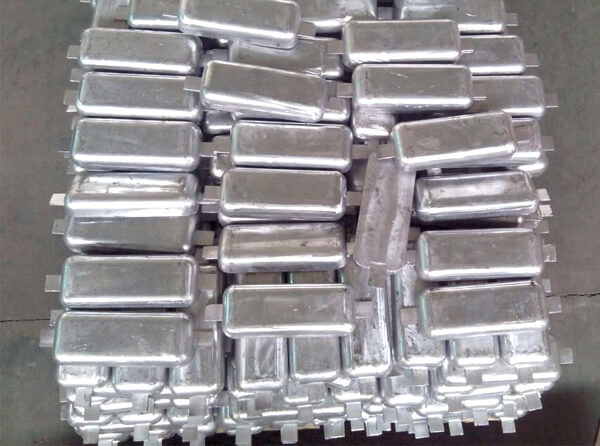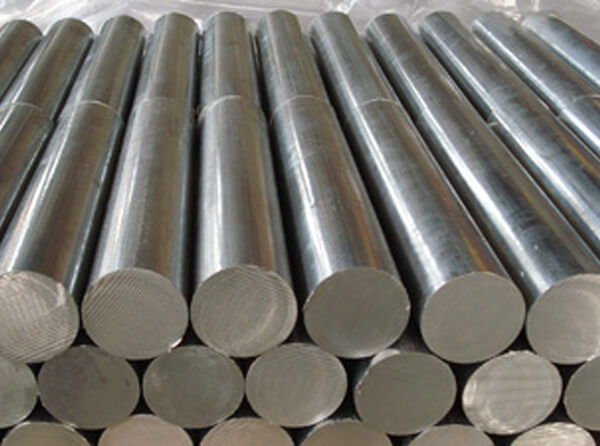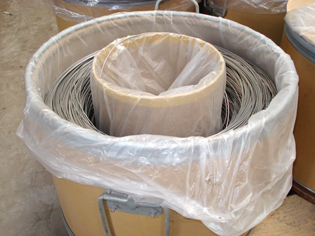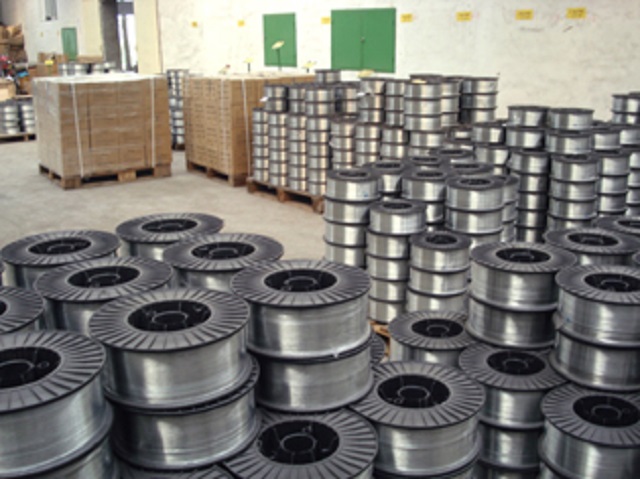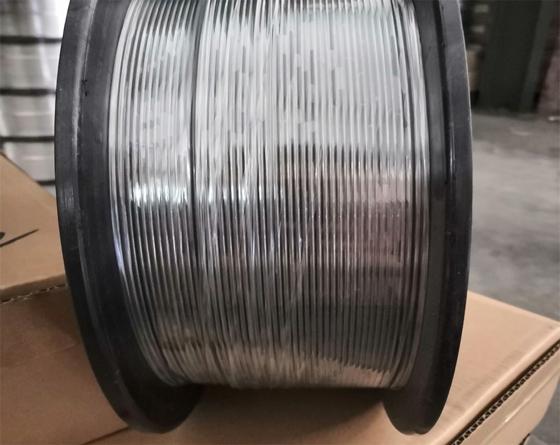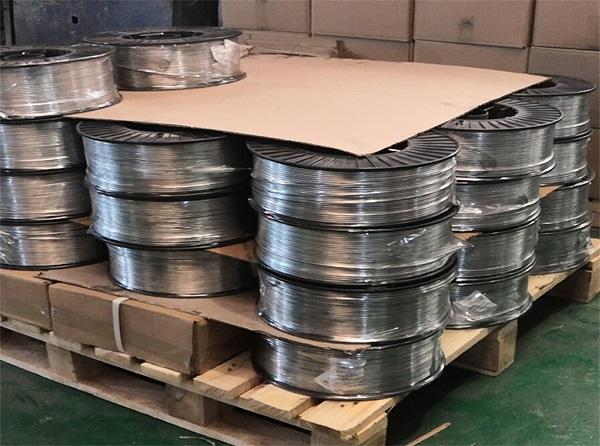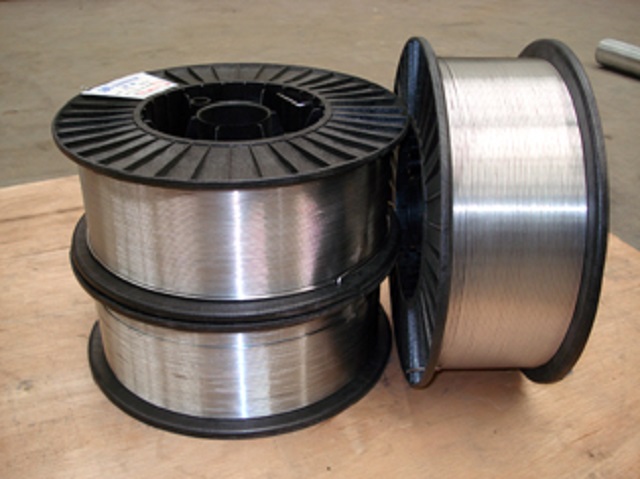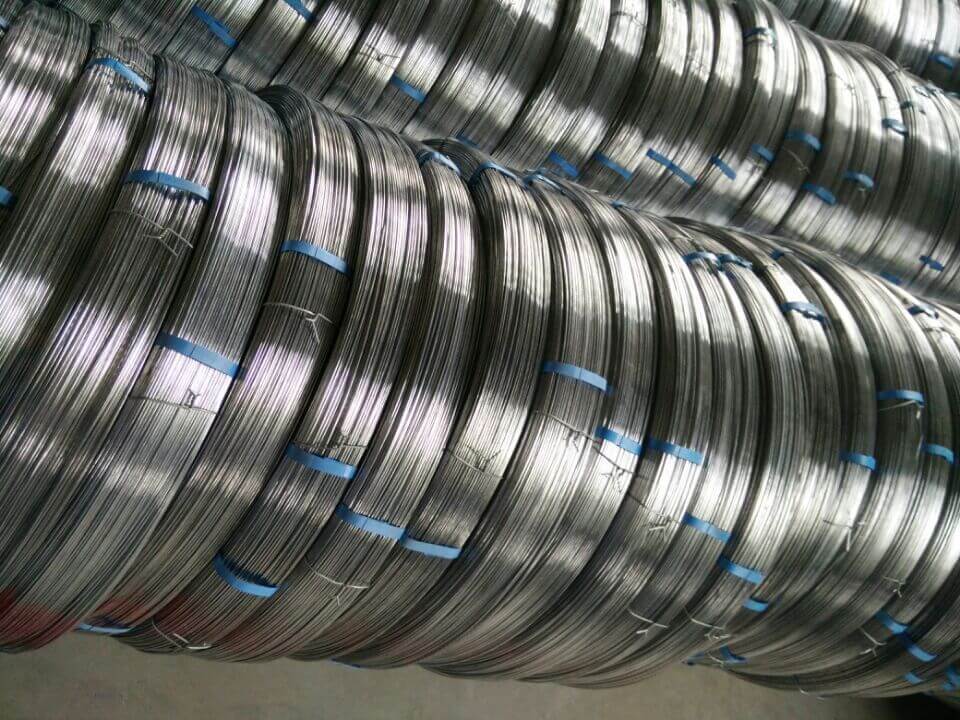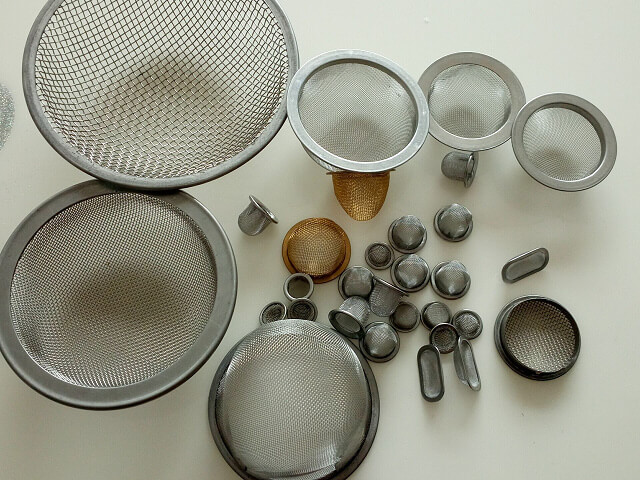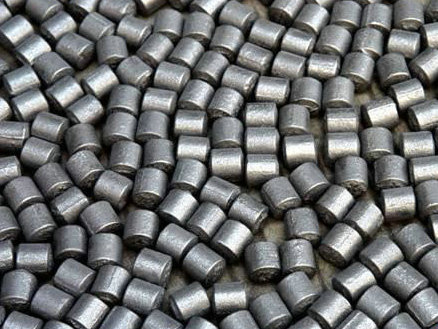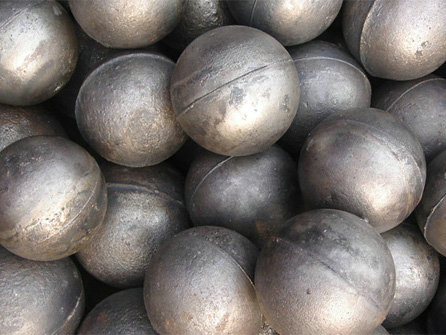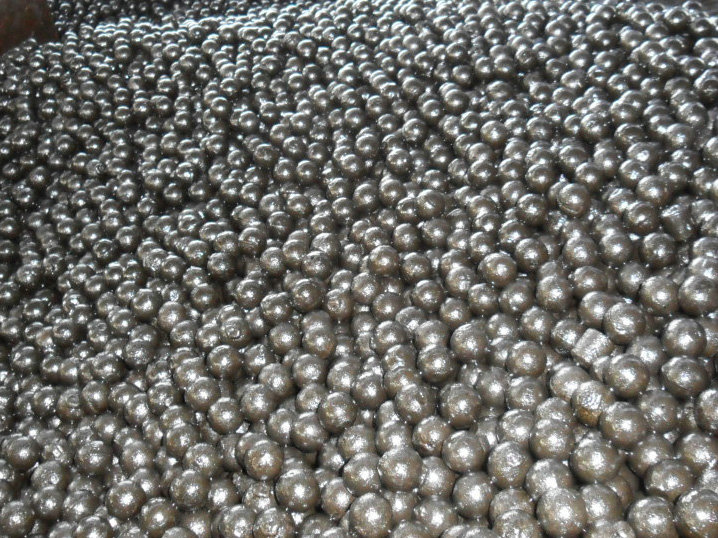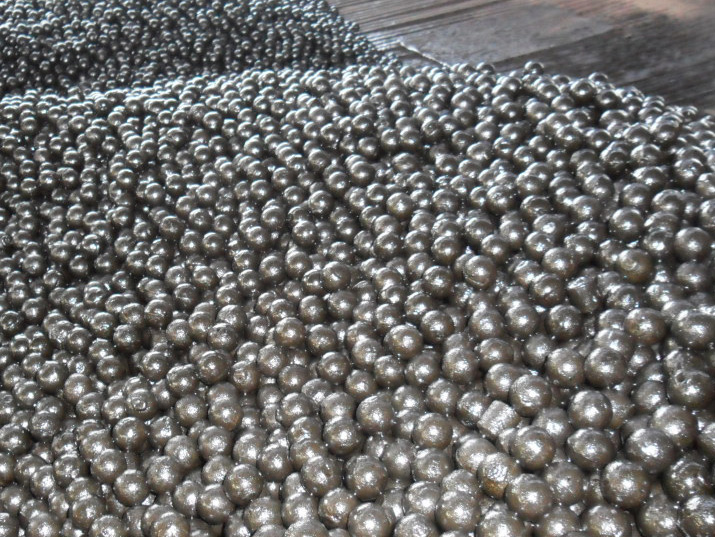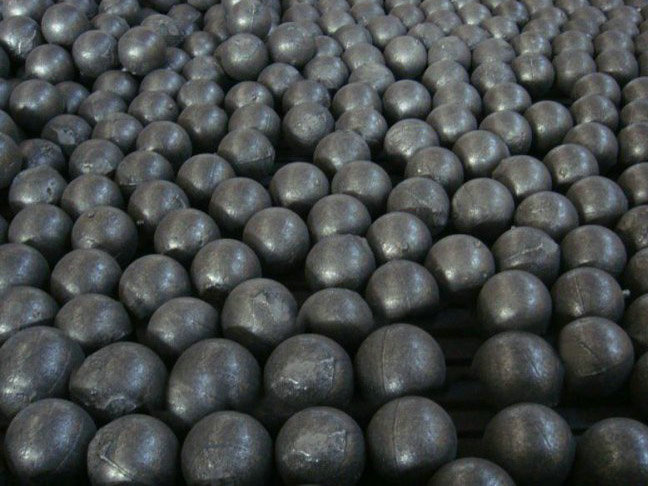Application of thermal spray zinc and aluminum anticorrosive coatings in practice
Thermal spraying is a kind of surface strengthening technology and an important part of surface engineering technology. It has been a new technology project that has been promoted in China. It uses a certain heat source (such as electric arc, plasma spraying or combustion flame, etc.) to powder or wire. A technique for heating a metallic or non-metallic material into a molten or semi-molten state, and then spraying it on the surface of a pretreated substrate at a certain speed by means of flame retention itself or compressed air, and depositing to form a surface coating with various functions . Thermal spray zinc is one of them. What are its application characteristics?

I. Application of atmospheric corrosion resistant coating
Steel structure workshops, steel box girder bridges, television towers, building antennas, transmission substations, steel light poles and other outdoor steel structures. These steel components are exposed to the atmosphere for a long time, subject to climate change and sun and rain, and the surface is rapidly oxidized. A layer of ferric oxide is formed, which seriously affects the strength and service life of the steel structure. In order to prevent the oxidation of the surface of steel structures, paint protection was generally used in the past, and the anti-corrosion period is generally 3-5 years. Therefore, regular repairs and maintenance are required. The common method is to scrape the paint, which consumes a lot of manpower and resources. Now the surface of the steel structure is protected by zinc spraying and aluminum spraying, and the anticorrosive life can reach more than 30 years without maintenance. If the zinc-aluminum coating is added with a paint seal, the anticorrosive life will be longer.
Only after spraying zinc and aluminum on the surface of the steel structure, can it really play the role of anodic protection, so as to achieve the purpose of long-term anticorrosion of the steel structure. Therefore, many major national engineering and municipal projects are designated to use this process. For example: the gates of the Three Gorges of the Yangtze River, the Shanghai Oriental Pearl TV Tower, the main protective pole of the Yangpu Bridge, the elevated steel beams of the Guangzhou inner ring, the steel structure antenna of the Shanghai Securities Building, the Pudong Airport Road common trench explosion gas pipeline, the Shanghai South Bridge 500,000 kilowatt substation And so on to ensure a century-long plan for major projects.
2, water corrosion resistant coating
The sluice gate made of steel is the main steel structure for controlling the amount of water in hydroelectric power stations and reservoirs. Part of it has been submerged in water for a long time, and the surface has been eroded by microorganisms (such as the adsorption of nail scorpions, and its excrement is acidic). The other part is exposed to the atmosphere for a long time, especially the waterline part. It is impacted by surfing and floating objects on the water surface, and at the same time it is affected by high and low tides. The surface of this steel structure is often wet and dry, and it is particularly prone to rust. The wire spraying zinc and aluminum spraying processes are now used to greatly improve the corrosion resistance of steel gates, which is 5 to 6 times longer than the original paint process.
III. Performance comparison of zinc spraying and aluminum spraying processes with similar processes (hot galvanizing process)
1. Hot-dip galvanizing process pretreatment adopts pickling and phosphating processes. There will be residues of acids and alkalis on the surface of the workpiece, which leaves a hidden danger of corrosion and makes the hot-dip galvanized layer easily fall off. Zinc spray and aluminum spray pretreatment adopts sandblasting process, so the surface of the workpiece is very clean and rough. After the surface is sprayed with zinc or aluminum, there will be no corrosion from the inside to the outside, so that the zinc layer will not fall off.
2. The hot-dip galvanizing process has a certain temperature, about 440 ° C, so the workpiece will be deformed after hot-dip; while the temperature of the sprayed zinc and aluminum spraying process is very low, the surface temperature of the workpiece is less than 80 ° C, so the workpiece is not deformed. .
3. Using hot-dip galvanizing process, the workpiece is limited by the length of the plating tank × width × height; while using zinc spraying, aluminum spraying process, there are no restrictions on the workpiece.
4. Using hot-dip galvanizing technology, there are also problems of field repair. During the on-site installation, the damage during the welding, loading and unloading, and transportation can only be repaired with paint, resulting in a process breakthrough. If zinc spraying or aluminum spraying is used, the site can be repaired with zinc spraying or aluminum spraying to avoid process breakthroughs.
5. Because the pretreatment of the hot-dip galvanizing process uses pickling and phosphating, there is no roughness on the surface of the workpiece and the coating adhesion is poor. The pretreatment of zinc spray and aluminum spray processes uses sand blasting, Sa ≥ 2.5, so the surface of the workpiece is rough, and the coating adhesion is good. Tensile strength ≥0.6kg / mm2.
6. Hot-dip galvanizing process has serious pollution to water quality, and environmental protection issues are very prominent. Therefore, the thermal spray zinc and aluminum spray processes are becoming more and more widespread. The more widespread the application of steel structure surface anticorrosion.







